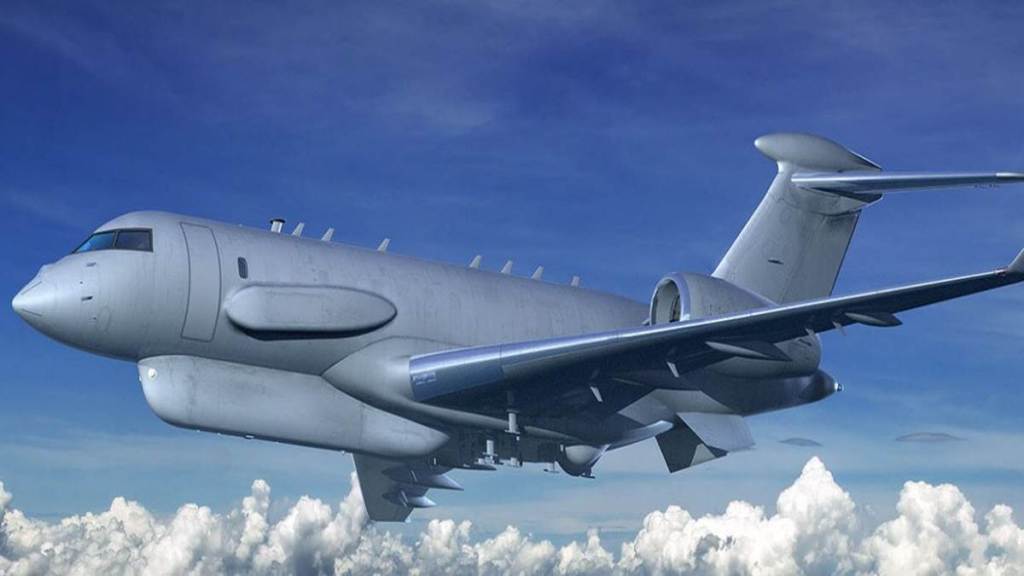India is actively pursuing five ISTAR (Intelligence, Surveillance, Target Acquisition and Reconnaissance) aircraft under the India-US Defence Technology and Trade Initiative (DTTI) framework.
In his address on the 90th Air Force Day Parade in Chandigarh, Chief of Air Staff Air Chief Marshal VR Chaudhari indicated that IAF is not only actively pursuing the acquisition of UAVs, ISTAR, Counter UAS technology, the focus is also on strengthening its networks. The five ISTAR aircraft that India is planning to get from the US is expected to cost approx US$ 3 bn.
The missing piece
The Indian Air Force has been severely lacking a multi-intelligence aircraft. Although India has been delivering Dorniers to Sri Lanka for maritime intelligence, there needs to be more modern intelligence aircraft. Intermittently, procuring unmanned aerial vehicles (UAVs) has been a stopgap. To this effect, various UAVs are now deployed by the Indian armed forces.
India has been looking to develop its own ISTAR aircraft and relied on the Defence Research and Development Organisation (DRDO) to prepare the sensor package. “Apparently, the movement on the acquisition of ISTAR was hindered by an internal kerfuffle between the DRDO and the Indian Air Force (IAF). With government intervention, progress on the ISTAR was resumed,” a senior officer who wished to remain anonymous told Financial Express Online.
Also Read: IAF gets a new Weapon System Branch- All you want to know
Raytheon’s Multi-Intelligence Star: ISTAR
Raytheon Intelligence and Space offers its multi-intelligence aircraft, ISTAR, which employs artificial intelligence, integrated onboard sensors and advanced processing. This aircraft provides critical information to air and ground crews.
More about ISTAR
The ISTAR aircraft can track mobile ground targets, map natural disaster areas, and monitor ships and activities near borders and littoral regions. It also can be used with a fixed or mobile station to perform command and control operations. The Active Electronically Scanned Array (AESA) radar on the ISTAR provides Ground Moving Target Indicator (GMTI), Synthetic Aperture Radar (SAR) and Inverse Synthetic Aperture Radar (ISAR). The SAR and ISAR measure distances with extreme precision and can be used to measure topography and 3D structures. The location accuracy is significantly higher and is also the go-to radar for space exploration.
ISTAR also is equipped with a Long Range Oblique Photography (LOROP) camera, which captures comprehensive images. In general, oblique photography offers the most advantageous position to improve the interpretation of the photos.
According to the information available in the public domain, ISTAR from Raytheon is a cut above the rest, given its superior intelligence capabilities. It merges radar, imagery and signals intelligence to give operators a stream of intelligence to enable excellent tracking of targets. In mountainous regions, radars often lose an edge.
Also Read: IAF will receive S-400 air defence system from Russia by 2023
What has been offered to India?
The ISTAR offered to India is likely based on the Canadian Bombardier’s Global Express business jet aircraft. The Global Express has a maximum ceiling of 51,000 feet. It can fly up to 499 knots of speed and up to a distance of 7,000 miles. For India, the ISTAR aircraft can genuinely be a game-changer.


